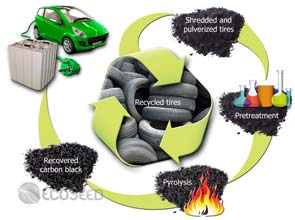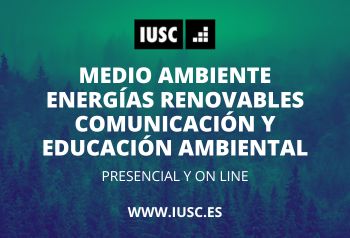By modifying the microstructural characteristics of carbon black, a substance recovered from discarded tires, O.R.N.L. researchers led by Parans Paranthaman and Amit Naskar have developed a better anode for lithium-ion batteries.
Used tires could become a key component in lithium-ion batteries, according to researchers at the Department of Energy’s Oak Ridge National Laboratory.
By modifying the microstructural characteristics of carbon black, a substance recovered from discarded tires, O.R.N.L. researchers led by Parans Paranthaman and Amit Naskar have developed a better anode for lithium-ion batteries.
Lithium-ion batteries, with their high energy storage capacity, are being looked at as energy storage solutions to power electric vehicles as well as to store energy generated from renewable sources such as solar and wind.
The O.R.N.L. team recovers pyrolytic carbon black material from used tires using a proprietary pretreatment. Carbon black is similar to graphite but man-made.
They then used the recovered carbon black in an anode, which is the negatively charged electrode used as a host for storing lithium during the charge cycle. Using this anode, researchers were able to produce a small, laboratory-scale battery with a reversible capacity that is higher then what is currently possible with commercial graphite materials.
The new carbon black anode resulted in a battery in which, after 100 cycles, the capacity measures nearly 390 milliamp hours per gram of carbon anode.
“This kind of performance is highly encouraging, especially in light of the fact that the global battery market for vehicles and military applications is approaching $78 billion and the materials market is expected to hit $11 billion in 2018,” Mr. Paranthaman said.
The anode of a lithium ion battery is one of the leading battery components with 11 to 15 percent of the materials market share.
“This technology addresses the need to develop an inexpensive, environmentally benign carbon composite anode material with high-surface area, higher-rate capability and long-term stability,” Mr. Naskar said.
Using carbon black recovered from used tires in lithium-ion batteries also has the additional benefit of finding a way to deal with the environmental hazards caused by waste tire stock piles.
O.R.N.L. will work with U.S. industry to license the technology and use it to produce lithium-ion batteries for automobile, stationary storage, medical and military applications.
Along with Mr. Paranthaman and Mr. Naskar, Zhonghe Bi, Yunchao Li, Sam Akato, Dipendu Saha, Miaofang Chi and Craig Bridges also worked on the new anode. The team is also working with David Wood and Jianlin Li to develop a pilot manufacturing process by which they can scale up the recovery of the material from waste tires and demonstrate application of the anodes for lithium-ion batteries in large-format pouch cells.
The research on conversion of recycled tires to graphite powders was funded by the laboratory’s Technology Innovation Program while the research on battery fabrication and electrochemical testing was sponsored by D.O.E.’s Office of Basic Energy Sciences, Materials Sciences and Engineering Division. Transmission electron microscopy research was supported by O.R.N.L.’s Center for Nanophase Materials Sciences, a D.O.E. Office of Science user facility. – EcoSeed Staff













